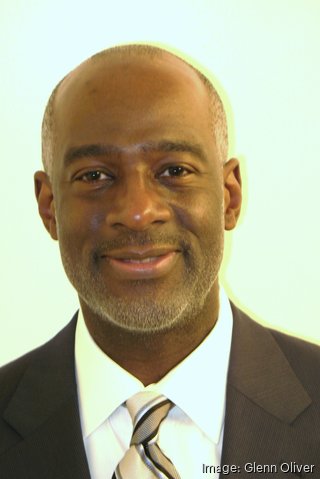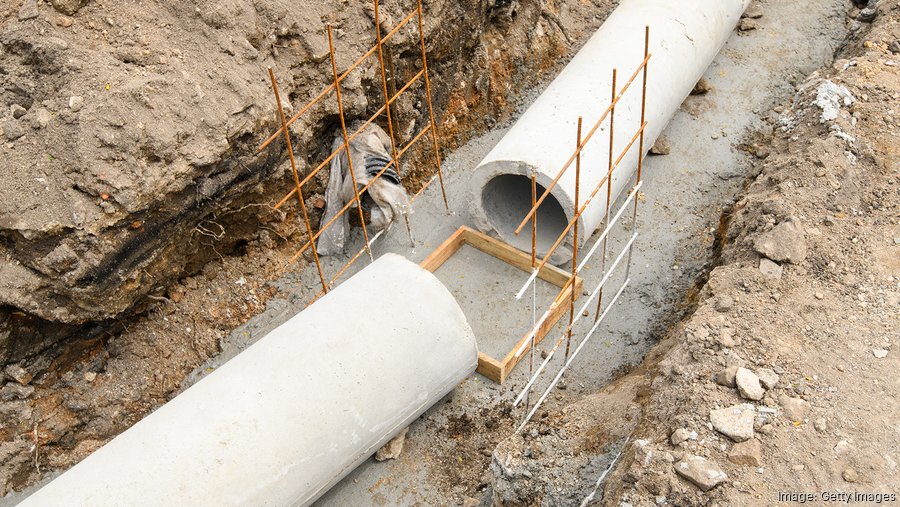Listen to this article 5 min
As a former water commissioner, I would like to highlight two trends: (1) the increasing frequency and severity of natural disasters – including floods, fires, earthquakes, hurricanes and volcanic eruptions and (2) the growing supply chain challenges.
These are global issues. For water utilities, these natural disasters are causing more frequent service disruptions as a result of the damaged infrastructure. The first step in repairing the damaged infrastructure is locating the parts needed to make the repairs.
However, supply chain challenges are creating long delays in getting parts and materials — sometimes weeks or months. This means there will be longer outages, more suffering, population loss as people leave due to the lack of water service, and even bond rating declines for utilities as rating agencies are now considering the potential to lose population makes the utility an increased credit risk because fewer people mean fewer ratepayers, which means less revenue for the utility.
This is a problem where collaboration can be a key solution. Fortunately, any part that a utility needs is likely in another utility’s warehouse. And water utilities generally do not compete, so they are open to helping each other. There is technology that can connect utilities so they help each other when there is an emergency need. The problem is utilities often do not see the need to join such a platform.
Ironically, there is a network effect: As more utilities join the group, more resources become available and the network makes it increasingly more valuable to utilities.
We need policymakers to talk about how important it is for society that water utilities be connected and working together in a virtual community, instead of remaining an inefficient fragmented industry of siloed utilities. We need economists writing about the societal and monetary costs of water utilities remaining fragmented, and conversely, the societal and monetary benefits of being connected through technology to share information in real-time.
Like the rest of the country, much of Florida’s water infrastructure is old and needs to be repaired or replaced. This is an expensive cost that is largely borne by customers who are seeing ever-increasing water rates. But the reality is that as water rates continue to rise, water service is becoming harder to afford for many residents. Florida’s water utilities should be doing everything that they can to keep costs down and water affordable. Reducing costs by simply working together has no downside and all upside. This should be a no-brainer. Collaboration may also reduce the costs of parts because utilities often have parts in surplus that they are trying to get rid of.
The technology for collaborating is available, but we need the larger utilities to lead the way in joining together. That will make it easier for smaller utilities to follow. We need water and wastewater utility associations to include discussions and presentations on how water/wastewater utilities are leveraging technology to work together — and showing the many benefits that can be obtained, including, how water utilities can help each other get critical supplies faster and cheaper after a natural disaster and share information about new technologies and available surplus materials.
These are some of the benefits that can come from taking Florida’s water utility industry from a fragmented past to a connected future. The question for Florida’s water utilities is, what are you waiting for?

Glenn Oliver is a former water commissioner. He is now CEO of H2bid Inc.
